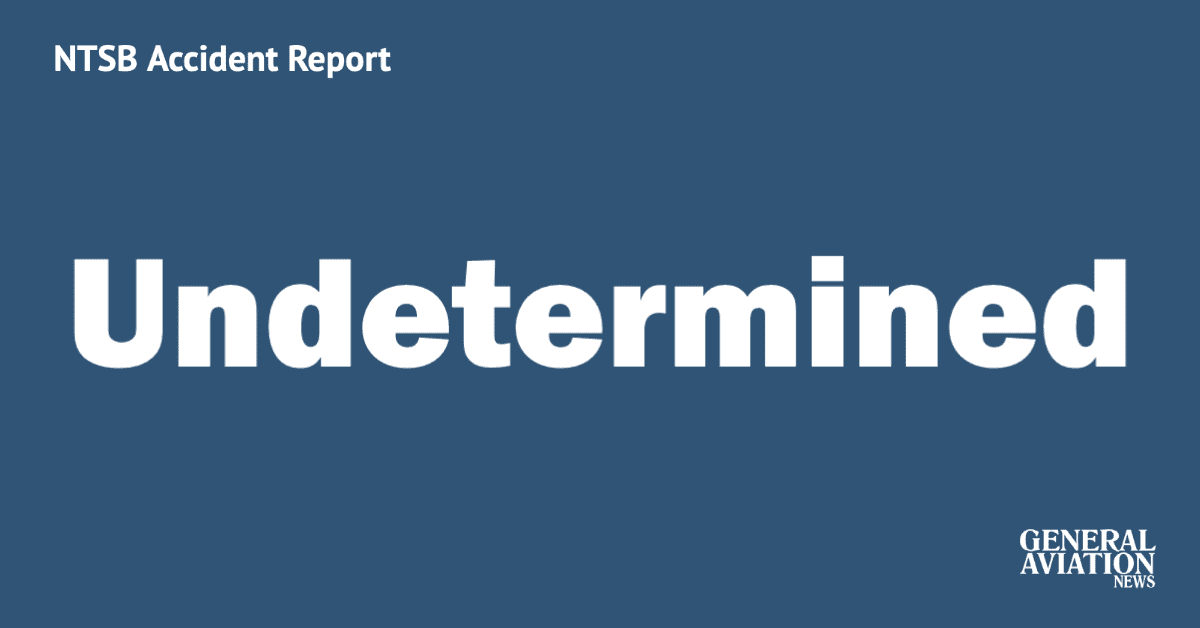The loss of engine power due to the contamination of the fuel manifold valve, and the pilot’s continued operation of the airplane with known maintenance discrepancies.
NTSB Accidents
Tomahawk ends up in reservoir
The pilot’s failure to obtain and maintain an airspeed above stall after takeoff and his failure to correctly understand the procedure to use for a soft field takeoff.
Crosswind landing goes awry
The pilot’s inadequate compensation for the wind conditions and failure to maintain directional control. The gusting crosswind conditions and the snow covered ground were factors.
Pilot thought they “had enough” fuel
Fuel exhaustion due to the inadequate preflight planning and preparation by the pilot in command. Additional causes were the inadequately planned approach and improper emergency procedure by the pilot.
Unknown reason for structural failure
The structural failure of the wings for undetermined reasons.
January 2006 accident reports
The aircraft’s encounter with a deer during landing
A nighttime approach ends badly
A missed approach not performed by the pilot and the directional control not maintained by the pilot during landing. Contributing factors were the crosswind, unavailability of wind information due to inoperative meteorological equipment, and a NOTAM not issued by airport personnel indicating that the meteorological equipment was inoperative.
December 2005 accident report
The pilot’s failure to maintain clearance from the terrain during low-level maneuvering at night. Factors included the pilot’s improper in-flight decision to continue into an area that was forecast possibly to contain snow, fog and low ceilings, his failure to obtain a weather update while en route, mountainous terrain, and inadvertent flight into instrument meteorological conditions while on a visual flight rules flight.
December 2005 Accident Reports
The pilot’s failure to maintain Vmc (velocity minimum control) on initial climb, resulting in a loss of control.






